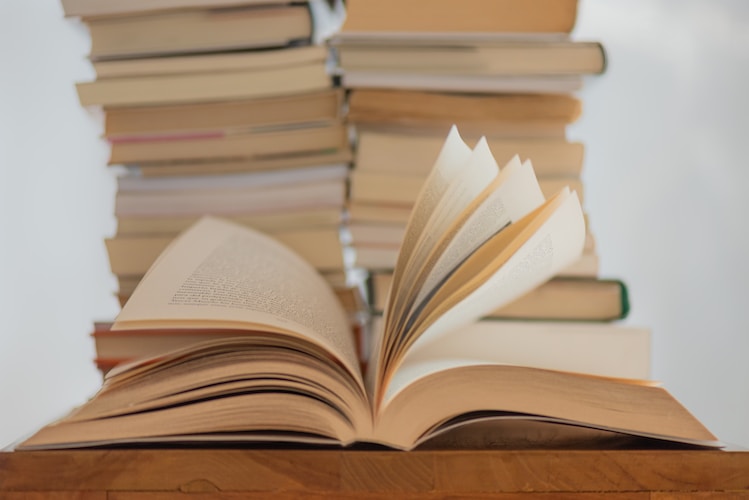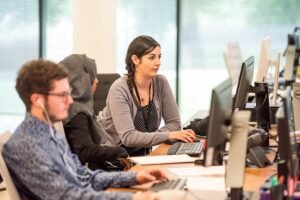
Special education plays a vital role in ensuring that students with disabilities receive the necessary support and resources to thrive academically, socially, and emotionally. To enhance the quality of special education programs and meet the unique needs of students with disabilities, it is essential to implement best practices that promote inclusion, equity, and effective instruction. In this article, we will explore 24 best practices for improving special education and creating a supportive and inclusive learning environment for all students.

1. Individualized Education Programs (IEPs)
Individualized Education Programs (IEPs) are personalized plans developed for each student with a disability. These plans outline specific learning goals, accommodations, and support services tailored to the student’s unique needs. Effective IEPs involve collaboration among teachers, parents, and relevant specialists to ensure comprehensive support.
2. Inclusive Classroom Practices
Inclusive classroom practices involve creating an environment where students with disabilities are fully included and participate in general education settings to the greatest extent possible. This includes promoting collaboration, differentiating instruction, and providing necessary accommodations and modifications to meet diverse learning needs.
3. Universal Design for Learning (UDL)
Universal Design for Learning (UDL) is an approach that focuses on designing instruction and materials that are accessible and beneficial to all students, including those with disabilities. It involves providing multiple means of representation, action and expression, and engagement to accommodate diverse learning styles and abilities.
4. Assistive Technology
Assistive technology tools and devices can enhance the learning experience for students with disabilities. These technologies include speech-to-text software, screen readers, adaptive keyboards, and communication devices. Integrating assistive technology into the classroom can promote independence and academic success.
5. Collaborative Teamwork
Effective collaboration and teamwork among educators, support staff, parents, and related service providers are crucial for providing comprehensive support to students with disabilities. Regular meetings, open lines of communication, and shared decision-making contribute to a student’s success.
6. Positive Behavior Interventions and Supports (PBIS)
Positive Behavior Interventions and Supports (PBIS) is a framework that promotes positive behavior and prevents challenging behaviors through proactive strategies. It involves teaching and reinforcing appropriate behavior, establishing clear expectations, and providing consistent support and consequences.
7. Differentiated Instruction
Differentiated instruction involves tailoring teaching strategies and materials to meet the diverse needs of students with disabilities. It recognizes that students learn differently and at their own pace, and teachers should adapt their instruction accordingly.
8. Professional Development and Training
Ongoing professional development and training for teachers and support staff are crucial for staying up-to-date with the latest research, instructional strategies, and best practices in special education. Professional development opportunities enhance educators’ knowledge and skills, ultimately benefiting students with disabilities.
9. Family Engagement
Involving families in the special education process is essential for fostering collaboration, understanding student needs, and promoting consistency between home and school environments. Regular communication, parent-teacher conferences, and opportunities for family engagement contribute to a student’s overall success.
10. Transition Planning
Transition planning focuses on preparing students with disabilities for life after high school, including post-secondary education, employment, and independent living. Collaborative transition planning involving students, families, educators, and relevant agencies ensures a smooth transition and sets students up for success.
11. Culturally Responsive Practices
Culturally responsive practices acknowledge and value the diverse backgrounds and experiences of students with disabilities. It involves incorporating culturally relevant materials, teaching strategies, and perspectives to create an inclusive and affirming learning environment.
12. Multi-Tiered Systems of Support (MTSS)
Multi-Tiered Systems of Support (MTSS) provide a framework for identifying and addressing the academic and behavioral needs of students with disabilities. This tiered approach involves a range of interventions and supports, progressively intensifying as needed.
13. Data-Driven Decision Making
Data-driven decision making involves collecting and analyzing relevant data to inform instructional practices and interventions. By using data to identify areas of strength and areas needing improvement, educators can make informed decisions to support student progress.
14. Structured Teaching Strategies
Structured teaching strategies provide clear expectations, routines, and visual supports to help students with disabilities navigate their learning environment. This includes using visual schedules, visual cues, and task organization to promote independence and reduce anxiety.
15. Social and Emotional Learning (SEL)
Social and Emotional Learning (SEL) programs help students with disabilities develop critical social and emotional skills such as self-awareness, self-management, social awareness, relationship skills, and responsible decision-making. SEL supports positive relationships and enhances overall well-being.
16. Peer-Mediated Instruction and Support
Peer-mediated instruction and support involve pairing students with disabilities with their peers to provide academic and social support. This promotes inclusive friendships, peer modeling, and opportunities for collaboration and learning from one another.
17. Community Partnerships
Establishing partnerships with community organizations, businesses, and service providers can expand the resources and opportunities available to students with disabilities. Community partnerships can offer internships, mentorship programs, and real-world learning experiences.
18. Co-Teaching
Co-teaching involves collaboration between a general education teacher and a special education teacher to deliver instruction to a diverse group of students. Co-teaching models vary and can include parallel teaching, station teaching, team teaching, or one teacher taking a supportive role.
19. Person-Centered Planning
Person-centered planning focuses on the strengths, interests, and goals of the student with a disability. It involves active involvement of the student, family, and support team in making decisions about educational goals, services, and transition planning.
20. Positive School Climate
Creating a positive and inclusive school climate is essential for the success of students with disabilities. This includes fostering a safe and welcoming environment, promoting respect and acceptance, addressing bullying and discrimination, and celebrating diversity.
21. Accessibility and Universal Design
Ensuring accessibility and universal design in physical spaces, instructional materials, and technology is essential for accommodating students with disabilities. This includes accessible facilities, materials in multiple formats, and technology with built-in accessibility features.
22. Collaboration with Related Service Providers
Collaborating with related service providers, such as speech therapists, occupational therapists, and school psychologists, allows for comprehensive support for students with disabilities. Regular communication and coordination help align goals and interventions across different disciplines.
23. Student Advocacy
Empowering students with disabilities to advocate for themselves promotes self-determination and a sense of ownership over their education. Teaching self-advocacy skills and involving students in decision-making processes contribute to their overall growth and success.
24. Continuous Improvement and Evaluation
Regular evaluation and reflection on special education practices are essential for continuous improvement. This includes collecting and analyzing data, monitoring student progress, and making necessary adjustments to instructional strategies, support services, and interventions.
Conclusion
Implementing these 24 best practices can greatly improve special education programs and create inclusive learning environments that meet the diverse needs of students with disabilities. By embracing individualized education plans, inclusive classroom practices, assistive technology, collaboration, and ongoing professional development, we can ensure that all students have the opportunity to succeed and reach their full potential. With a focus on equity, inclusion, and evidence-based practices, we can enhance the educational experience for every student.





